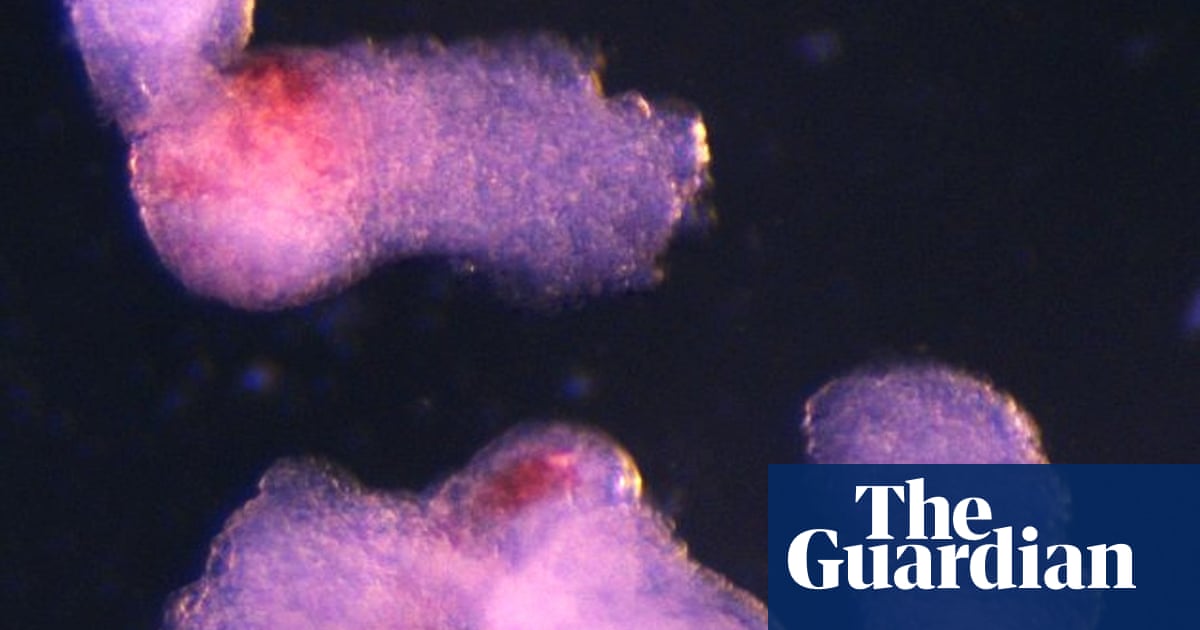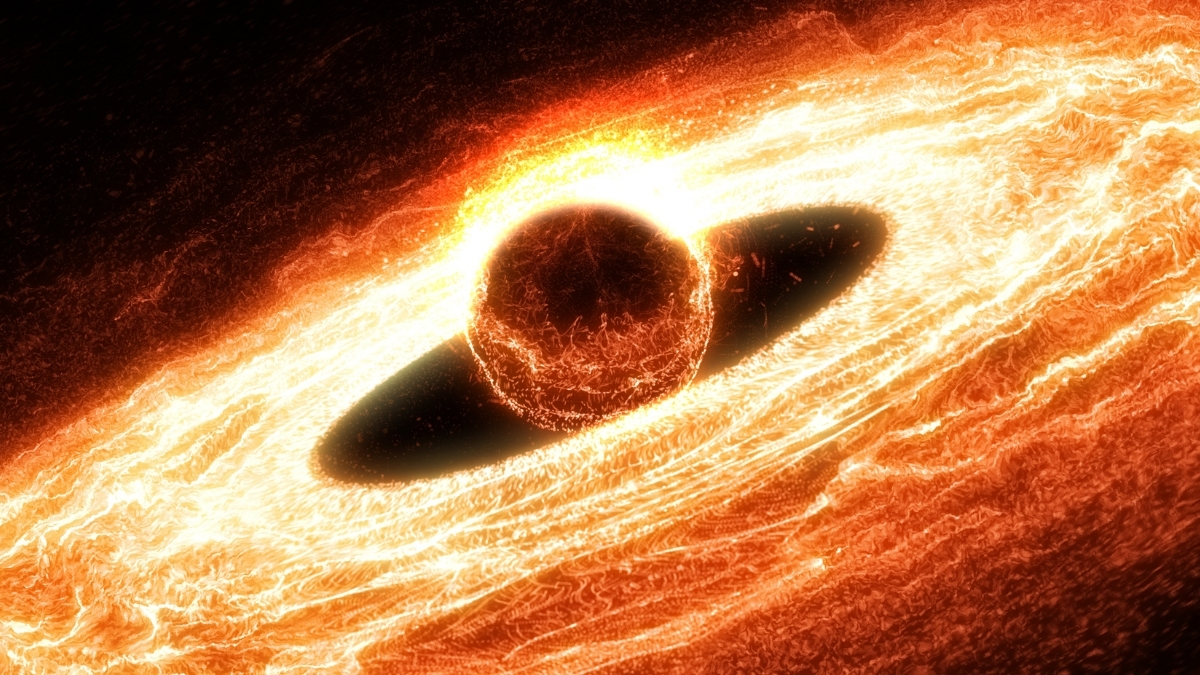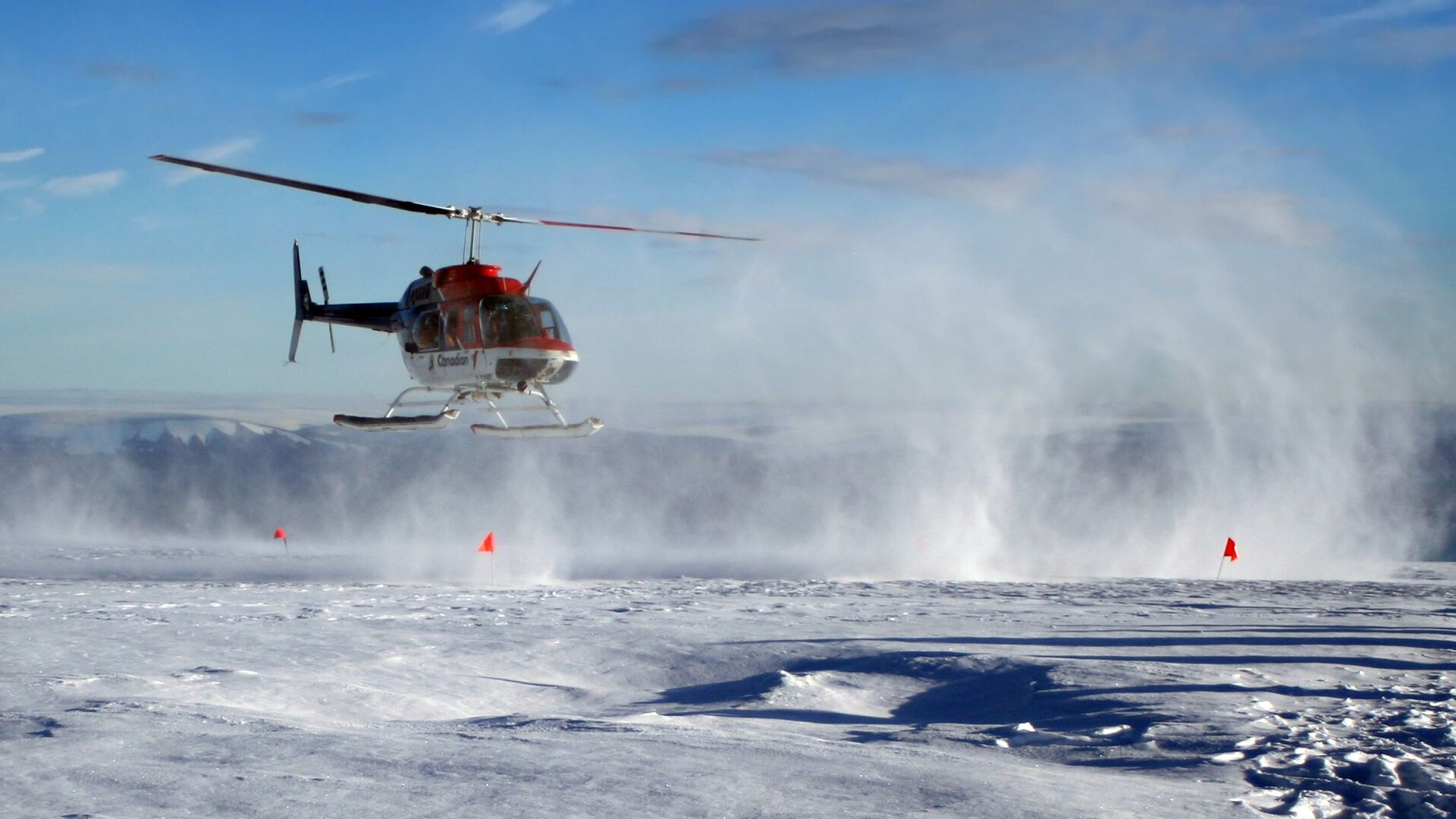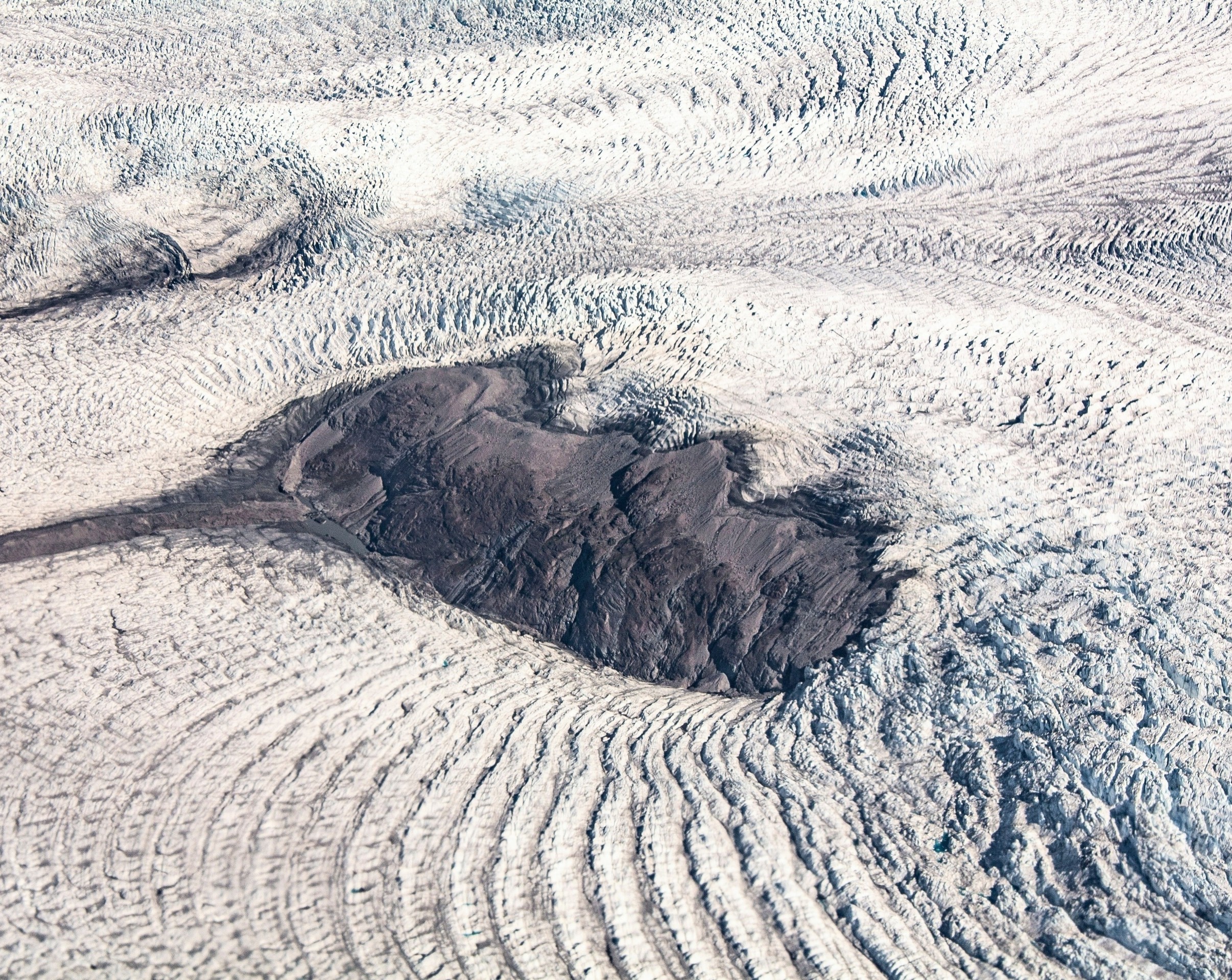This request seems a bit unusual, so we need to confirm that you’re human. Please press and hold the button until it turns completely green. Thank you for your cooperation!
Category: 7. Science
-
Just a moment…
Just a moment… -
Just a moment…
Just a moment… This request seems a bit unusual, so we need to confirm that you’re human. Please press and hold the button until it turns completely green. Thank you for your cooperation!
Continue Reading
-

Lab-grown human embryo model produces blood cells | Science
Scientists have grown embryo-like structures in the laboratory that produced human blood cells, raising new possibilities for regenerative medicine.
The ability to generate blood stem cells in the laboratory may one day make it possible to treat…
Continue Reading
-

JWST May Have The Best Evidence Yet of a Bizarre ‘Dark Star’ : ScienceAlert
JWST might have spotted the ‘smoking gun’ of a hypothetical object called a dark star in the distant Universe. If confirmed, this discovery could solve several mysteries of physics.
A dark star may sound like an oxymoron, but it would still…
Continue Reading
-

A volcano or a meteorite: New evidence sheds light on puzzling discovery in Greenland’s ice sheet
This article was originally published at The Conversation. The publication contributed the article to Space.com’s Expert Voices: Op-Ed & Insights.
Buried deep in Greenland’s ice sheet lies a puzzling chemical signature that has sparked intense…
Continue Reading
-
Just a moment…
Just a moment… This request seems a bit unusual, so we need to confirm that you’re human. Please press and hold the button until it turns completely green. Thank you for your cooperation!
Continue Reading
-

Melting ice sheets in North America added 30 feet to sea levels
For decades, the standard story went like this: as the last ice age waned, Antarctica’s vast ice sheets were believed to be the main engine pushing global sea levels higher.
However, a new study turns that narrative upside down. Led by Tulane…
Continue Reading
-
Just a moment…
Just a moment… This request seems a bit unusual, so we need to confirm that you’re human. Please press and hold the button until it turns completely green. Thank you for your cooperation!
Continue Reading
-
Just a moment…
Just a moment… This request seems a bit unusual, so we need to confirm that you’re human. Please press and hold the button until it turns completely green. Thank you for your cooperation!
Continue Reading
-

NASA will say goodbye to the International Space Station in 2030 − and welcome in the age of commercial space stations
This article was originally published at The Conversation. The publication contributed the article to Space.com’s Expert Voices: Op-Ed & Insights.
For 24 hours a day, seven days a week since November 2000, NASA and its international partners…
Continue Reading